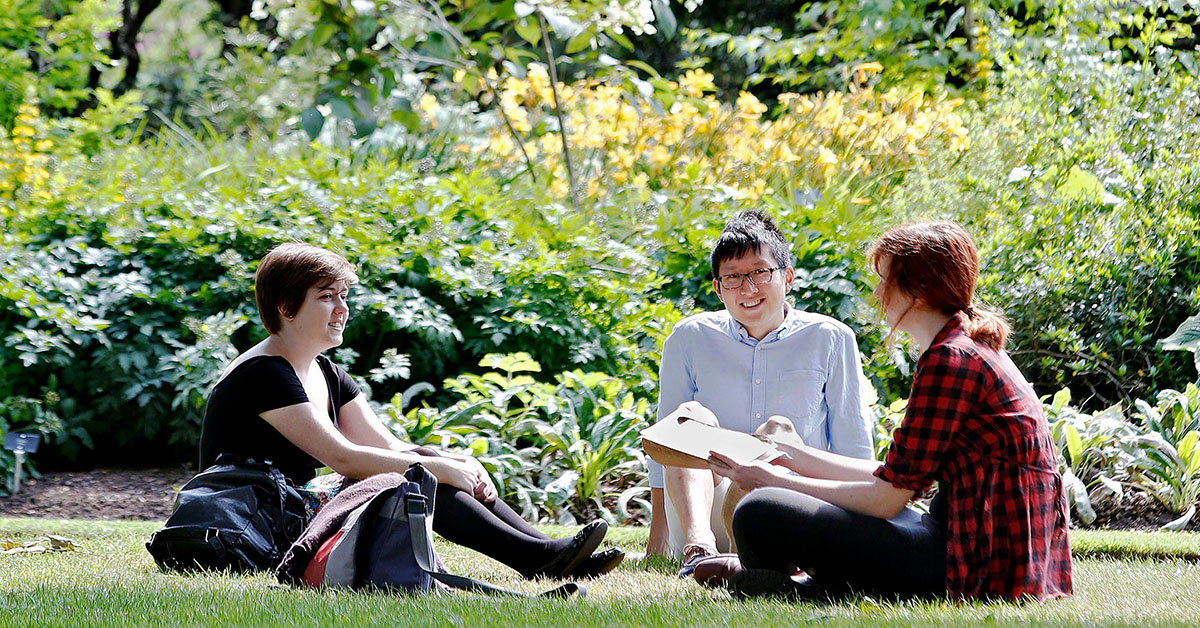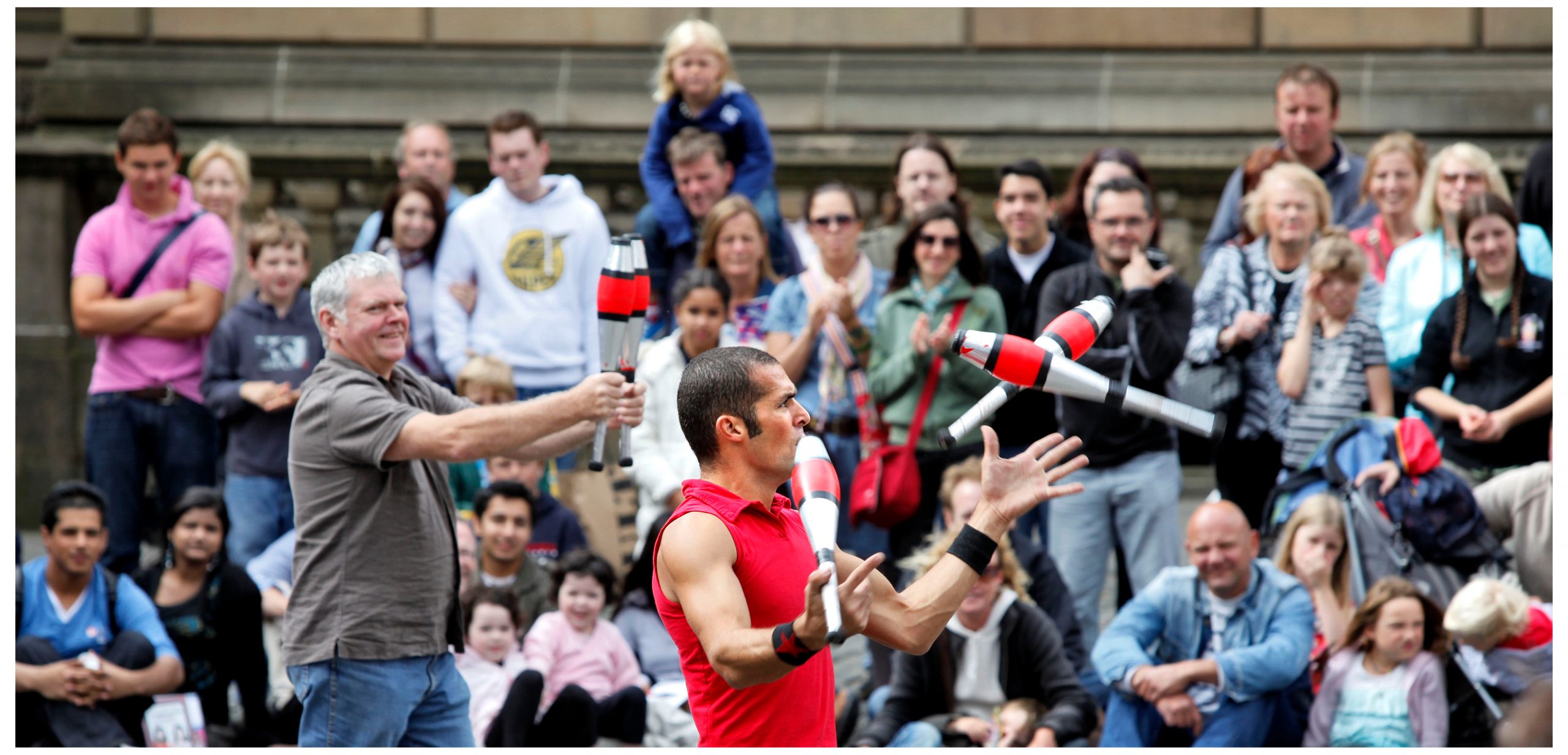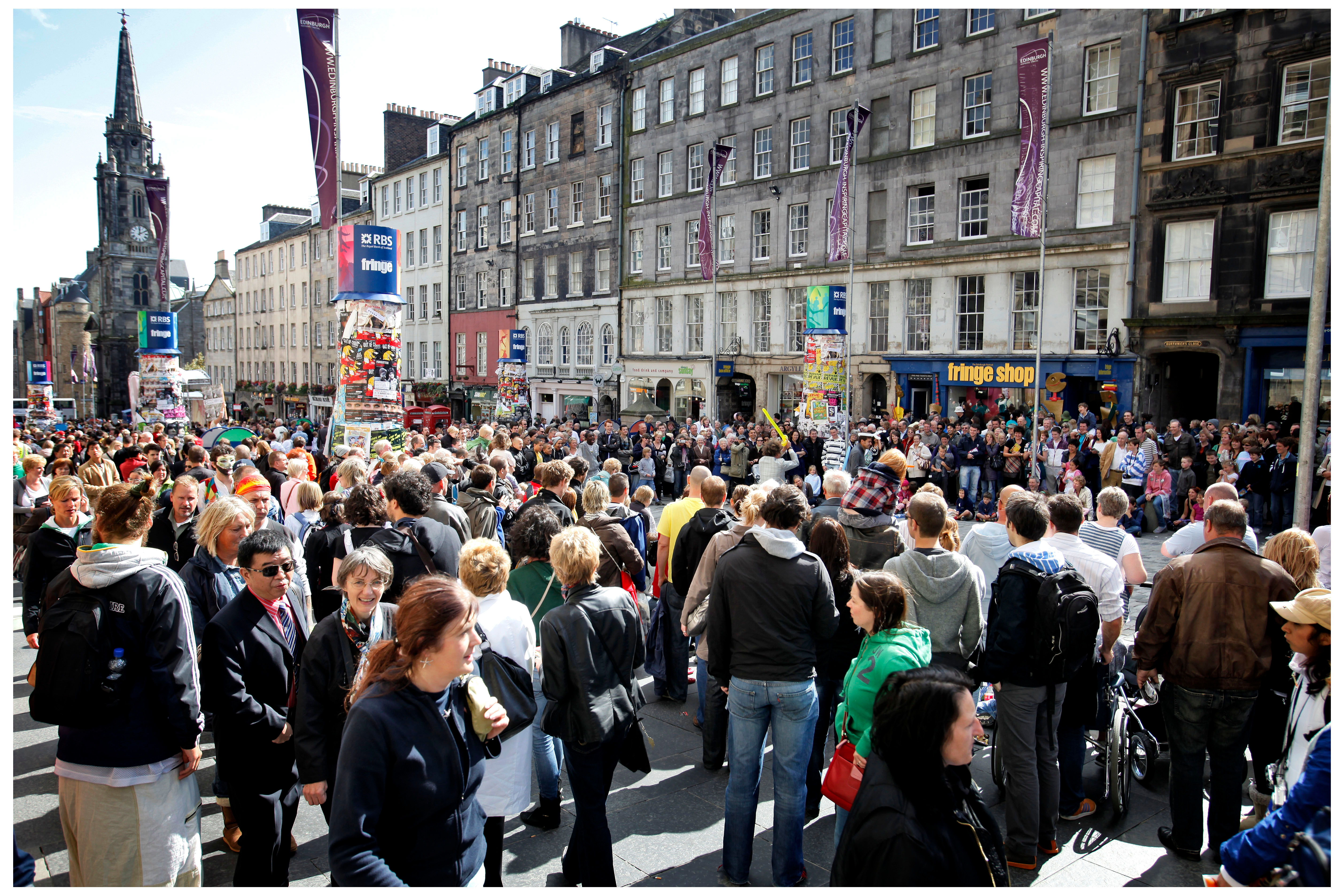Tag: Fringe
How a song and dance helped Hanna connect with the University community after studying remotely. I came to the University of Edinburgh in September 2020 so was in the first cohort to experience what it is like to start my studies under Covid conditions. Unlike many of my peers, I was lucky to have comparatively […]
Good question. Luckily, Tristan [MA (Hons) Ancient and Medieval History] can help answer that. In the 18th Century Edinburgh designated itself the ‘Athens of the North’, and wandering through the city centre it’s not hard to see why. Okay, after twenty-something years in the Scottish capital I’m admittedly a little biased. But what isn’t to […]
Many students stay in Edinburgh over the summer break – why wouldn’t you? – but what do they do all day? Student Ambassador Tess has some suggestions. Find yourself in Edinburgh for the summer? Have no fear! It’s not uncommon for students to stay up in Edinburgh as the sun starts to peek through all […]
The rules and regs of summer in Edinburgh by Student Ambassador Ruby. I’ve always argued that Edinburgh is a city designed for ‘bad’ weather. The Old Town looks even more Gothic in the gloom, and no student’s Instagram would be complete without a photo of Arthur’s Seat surrounded by atmospheric sea mist called ‘haar’. However, […]





